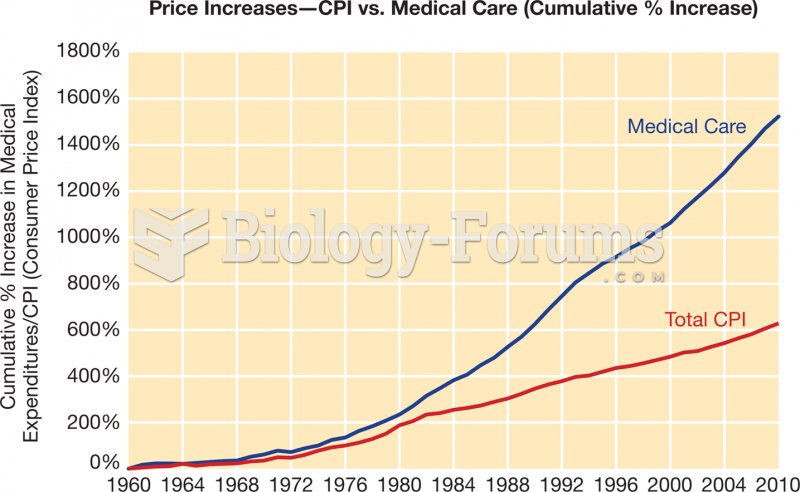|
|
|
Did you know?
Bacteria have been found alive in a lake buried one half mile under ice in Antarctica.
Did you know?
Approximately 25% of all reported medication errors result from some kind of name confusion.
Did you know?
The newest statin drug, rosuvastatin, has been called a superstatin because it appears to reduce LDL cholesterol to a greater degree than the other approved statin drugs.
Did you know?
Medication errors are more common among seriously ill patients than with those with minor conditions.
Did you know?
The average office desk has 400 times more bacteria on it than a toilet.







